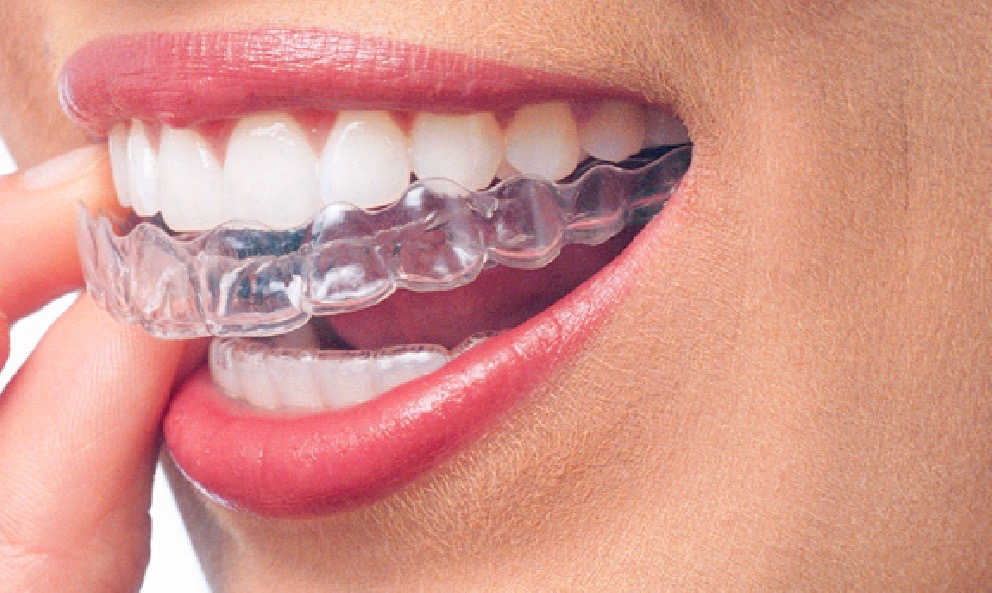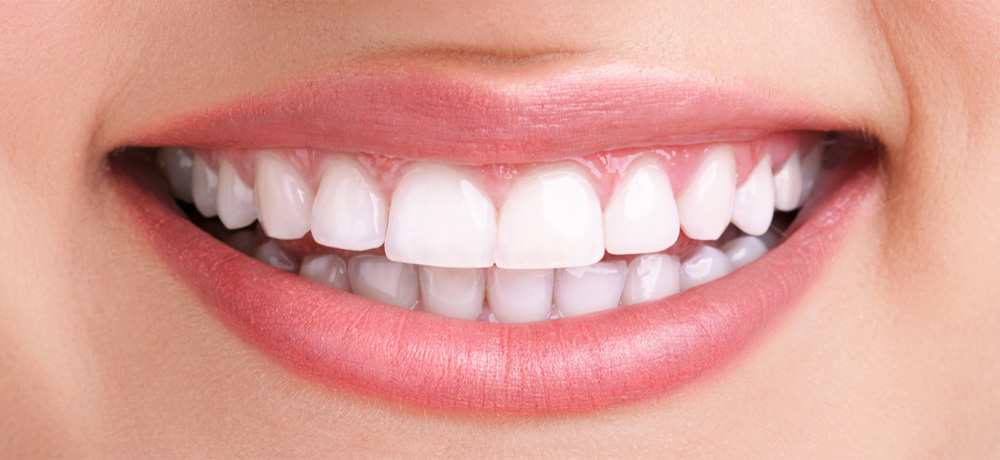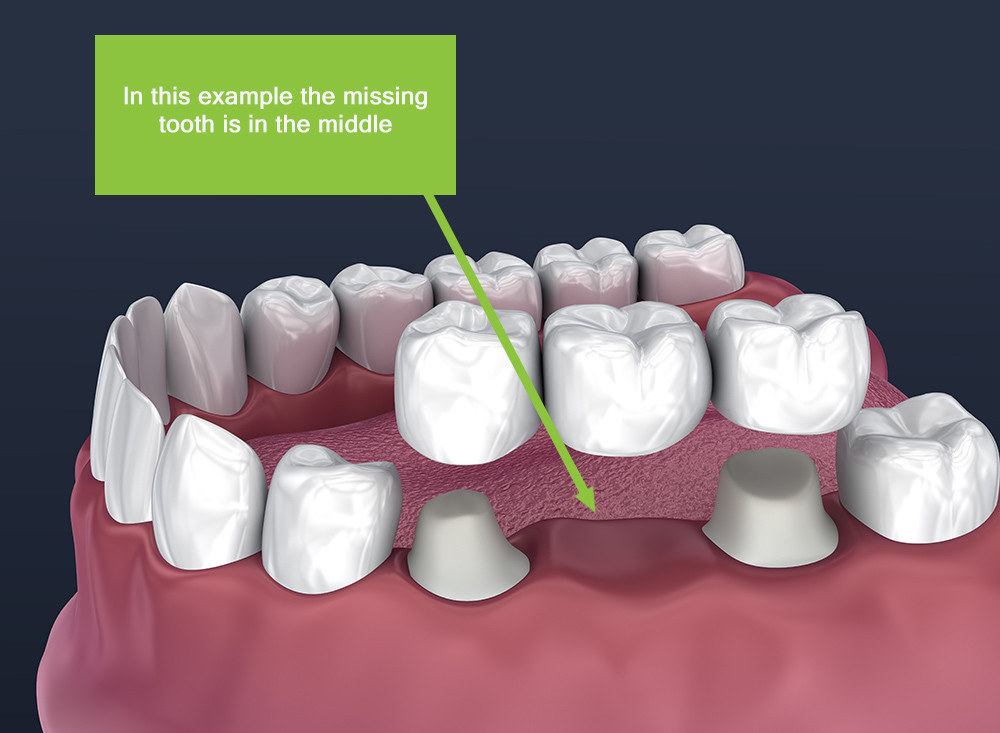A common question about Invisalign treatments is whether they cause pain or not. The pain with traditional metal braces might not be intense, but a certain amount still exists. Invisalign, on the other hand, is claimed to be pain-free or comparatively less painful than metal braces. However, the pain will always occur when a dentist or oral surgeon tries to move teeth and straighten the bite.
Children have many questions when they visit a kids’ dentist for any cosmetic dentistry procedure. When it comes to Invisalign, they are worried about how much it will hurt and how they can alleviate the pain. In this article, we provide insightful information for you to know more about Invisalign and opt for the treatment that is best for you.
What is Invisalign?
Many people have crowded or crooked teeth, making it embarrassing for them to smile confidently. A single oddly-erupted tooth can be removed with a tooth extraction. But if there are more alignment issues, the solution is braces or Invisalign.
Invisalign is a clear set of hard plastic aligners suitable for teens and adults. They are fitted into the mouth to help align your teeth into the right position. They are not as visible as braces and are, therefore, more attractive. An adult or children’s’ dentist will check and replace the aligners during the first couple of months.
Advantages of Invisalign
Invisalign has many advantages over traditional metallic braces. Some of them are:
- Convenience: Invisalign has become a popular choice, relieving patients from the troubles of metal braces. As a result, the orthodontic solution is conveniently available with dentists.
- Comfortable: With no brackets or wires, Invisalign saves you from the risks of getting painful cuts or nicks in your mouth. They are physically more comfortable to wear with a smooth texture. There are no sharp edges, similar to a mouthguard, and they don’t irritate your mouth.
- More Appealing: Invisalign is preferred by adults because of its aesthetic appeal. It doesn’t leave your mouth full of metal, which means that you can smile without feeling conscious. Moreover, they are invisible, so most people won’t even notice that you are wearing them.
- Removable: Unlike braces, you can remove Invisalign aligners for brushing, flossing, and eating. They enable you to practice better oral hygiene and thereby reduce the chances of developing gum disease. Besides, as you straighten your teeth with Invisalign, you don’t have to struggle with stuck food particles, as is the case with traditional braces. You can also eat the foods you like.
- Low Maintenance: You don’t have to spend too much time maintaining Invisalign aligners. If they become dingy or stained over time, use a toothbrush dipped in a solution of mouth rinse to freshen them. A light scrub every other day will remove any stains.
The Pain with Invisalign
In comparison to traditional metal braces, Invisalign is less painful.
There are a few reasons for pain with Invisalign. First, as the aligners press against the teeth, there is a kind of soreness. Second, the discomfort and pressure of having aligners (an additional layer) in your mouth.
The sources of pain in the case of traditional metal braces are the brackets rubbing inside the mouth and the existence of wires. This discomfort and pain are more, particularly in the initial few weeks of treatment. Once the mouth develops callouses, it can handle the sensitivity, the scratching, rubbing, and pressing of metal components against the insides of your mouth. Invisalign also has the same impact, but on a smaller scale.
While Invisalign does not have sharp edges, it can irritate your gums and the inside of your lips. Only after your mouth adjusts to this newness, you feel relieved. In the first few weeks, the mouth will adjust itself to the aligners with the development of callouses and combat irritation. When the time to change your first set of aligners arises, there are chances that your mouth is entirely adjusted. You hardly feel the peripheral pain of wearing plastic retainers.
There is one more kind of pain associated with Invisalign. This pain is caused by the sharp or rough edges of the aligners. Most Invisalign wearers tend to touch their tongue along the edge of the aligners. This is a human tendency to become familiar with the feeling and shape of the aligners or any other foreign body inside the mouth. If you suffer a cut or the edge of the aligner feels rough or sharp against the tongue, consult an emergency dentist immediately. There are ways to avoid pain from improper finishing of the aligners, and you can do the same by informing your dentist in Brampton and Caledon.
How to Reduce Invisalign Pain?
The best way to deal with the discomfort that is felt for the first few days of every month is by letting it pass. A majority of patients experience pain as they place a new set of aligners. However, after the teeth and jaw adjust to the aligner tray, they are no longer sore, and you can continue with your routine. For those who continue to feel uncomfortable, identifying a way to alleviate the pain is advised.
You can start with painkillers. This is an over-the-counter painkiller of your choice. The dosage is also what you normally take. The effect of painkillers varies based on the reason for pain. For instance, if the pain exists in the first few days of fitting the aligners, there’s an inflammation and irritation as the aligners push against your teeth. Inflammation-reducing pain killers work the best here.
Conversely, if the reason for pain is tension in the jaw and teeth grinding, a muscle-relaxing pain killer will do the job. You can consult a dentist if you are not sure of which medication to take. Chewing on something can also help to alleviate pain.
How much does a Invisalign cost?
Dentists at Mayfield Dental perform different cosmetic dentistry, Invisalign procedures, dental cleaning, teeth whitening, and more to help patients in Brampton and Caledon enjoy a beautiful smile. The price for each of these services varies.




